This Roman rostrum was used 2,300 years ago during the Battle of the Aegates Islands, fought against the forces of Carthage.
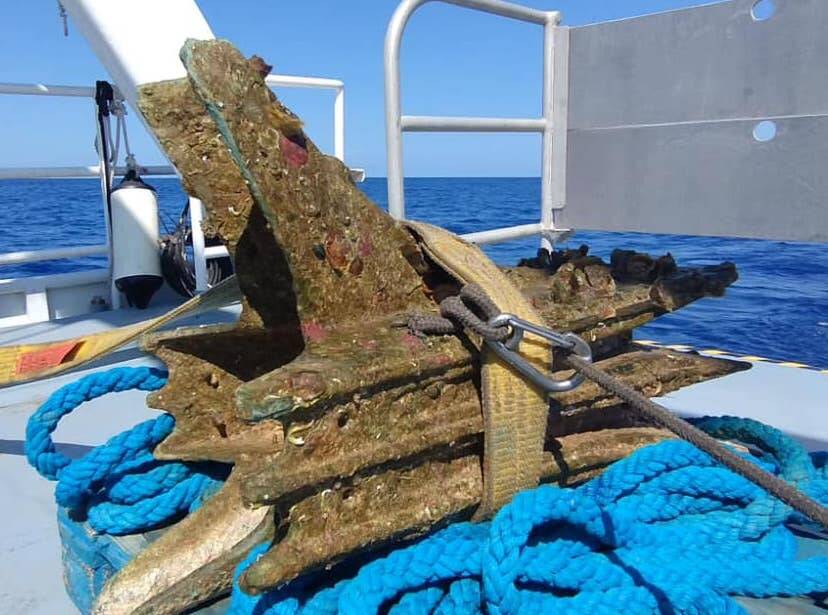
Soprintendenza del MareThe ram was used in the Battle of the Aegates Islands, in 241 B.C.E., a decisive clash that set the stage for the growth of Rome.
Some 2,300 years ago, two fleets of ships met in the waters near Sicily to do battle. The stakes were high. Rome, on one side, and Carthage, on the other, had been at war for more than two decades.
Eventually, at the conclusion of the Battle of the Aegates in 241 B.C.E., Rome emerged victorious. And now, a sunken relic from that pivotal conflict, a ship’s ram, has been discovered beneath the surface of the sea.
This ram is an artifact from a decisive moment in ancient Roman history. Rome’s victory in the Punic Wars cemented it as a regional power, and lay the foundation for the rise of the Roman Empire.
The Discovery Of A Roman Naval Ram From The Battle Of The Aegates
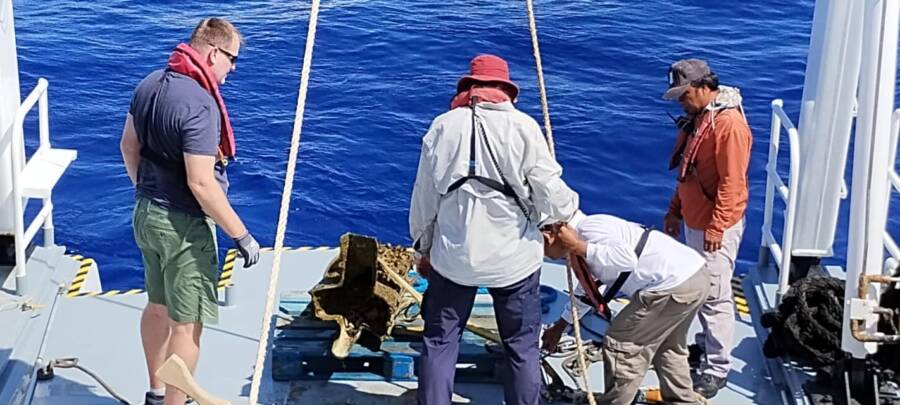
Soprintendenza del MareThis type of ancient Roman ram was known as a rostrum.
According to a statement from the Sicilian government agency Soprintendenza del Mare (Superintendence of the Sea), the bronze ram was discovered in August 2024 near the Aegates Islands.
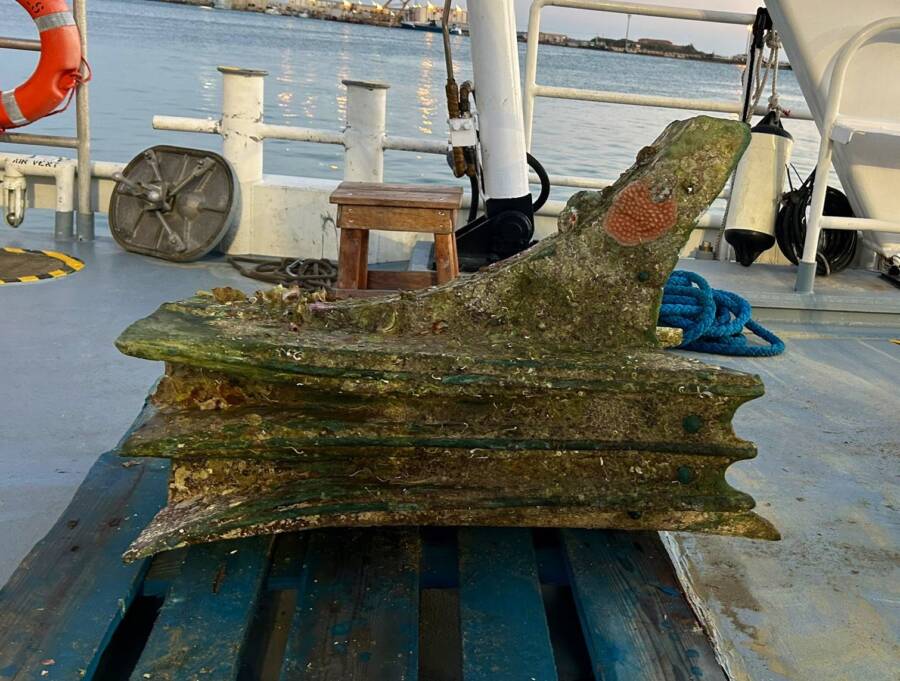
XThe ram was found in the archipelago of the Aegates Islands.
The ram was detected some 260 feet beneath the surface and recovered by deepwater submarines and the oceanographic research vessel Hercules. After it was safely removed from the water, the 2,300-year-old ram was taken to one of the Aegates Islands, Favignana, for further study.
According to the statement, there’s still much that archaeologists need to learn about the relic. Though the front part of the ram is embossed with “a Montefortino-type helm with three feathers on the top,” it is also covered with sea life, which makes reading any inscriptions difficult.
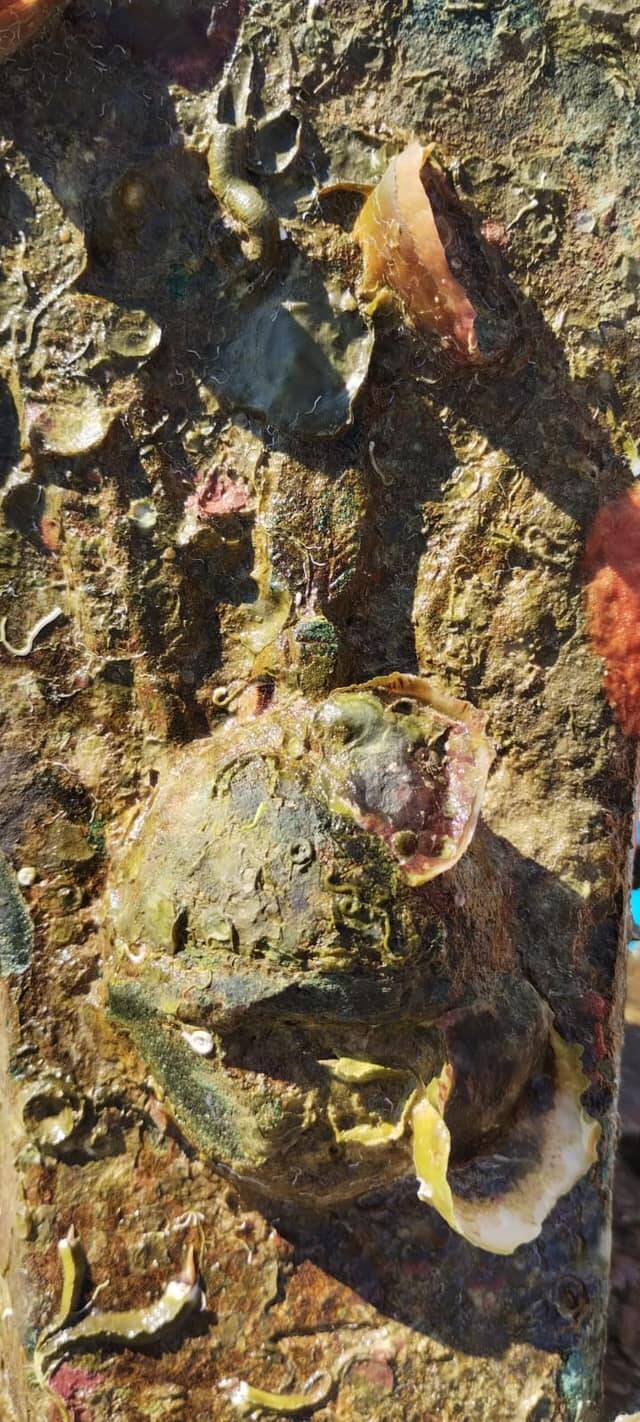
Soprintendenza del MareSea life, which has been growing on the ram since it sank in 241 B.C.E., makes deciphering any inscriptions difficult.
This artifact belongs to a growing collection of more than two dozen Roman battering rams that have been found in the region in recent years. Each one deepens our understanding of the Punic Wars, which were fought fiercely between Rome and Carthage for more than 40 years.
Ancient Roman Naval Combat During The Punic Wars
By the time the doomed ship and its ram arrived in the waters near Sicily in 241 B.C.E., Rome and Carthage had been at war for 23 years. The two regional powers were struggling over dominance in the Mediterranean, and the Battle of the Aegates that spring would prove decisive.

Public DomainAn 18th-century depiction of “The Naval Battle Near Ecnomus,” an earlier battle in the First Punic War.
The two sides were fairly well matched: both had around 200 warships known as quinqueremes. The bronze ram recently discovered near Sicily would have been affixed to the bow of one of these ships, where it was used to ram and sink enemy vessels.
In the end, Rome emerged victorious in the battle, which marked the end of the First Punic War (264 to 241 B.C.E). Though two more would follow (the Second Punic War was fought between 218 and 201 B.C.E. and the Third Punic War between 149 and 146 B.C.E), the Battle of the Aegates was an important turning point.
Carthage, in decline, was never again able to establish dominance. After the Third Punic War, it was decisively defeated and Rome became the preeminent power in the region.
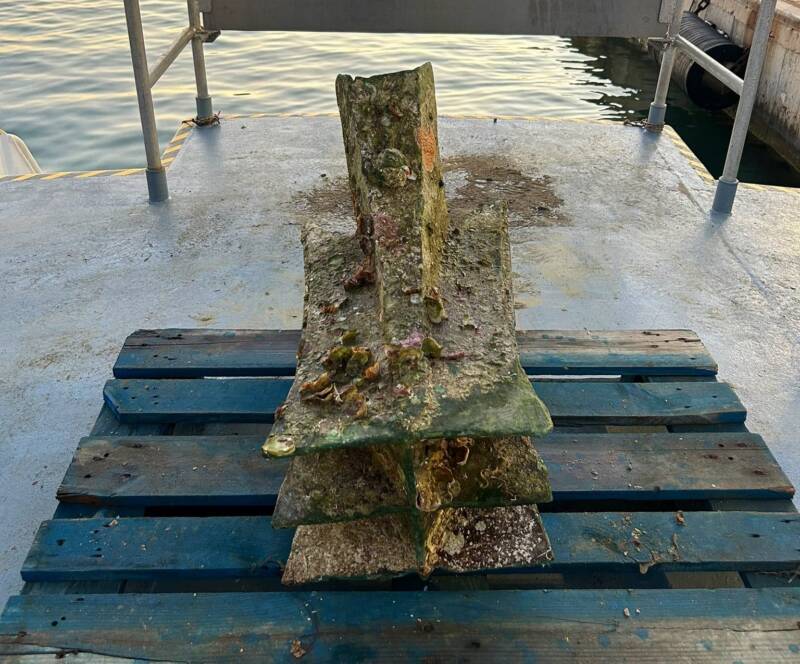
XThe ram is covered with sea life, and work is needed to see if it bears any inscriptions.
As such, the ram found near Sicily belongs to a fascinating and foundational moment in world history. It played a part in the battle that helped mark Rome’s meteoric rise — and the fall of its long-time foe, Carthage.
After reading about the bronze ram from the First Punic War which was discovered off the coast of Sicily, discover the story of Baiae, the sunken party town of ancient Rome. Then, learn about venationes, the brutal animal battles that took place in Roman arenas.





